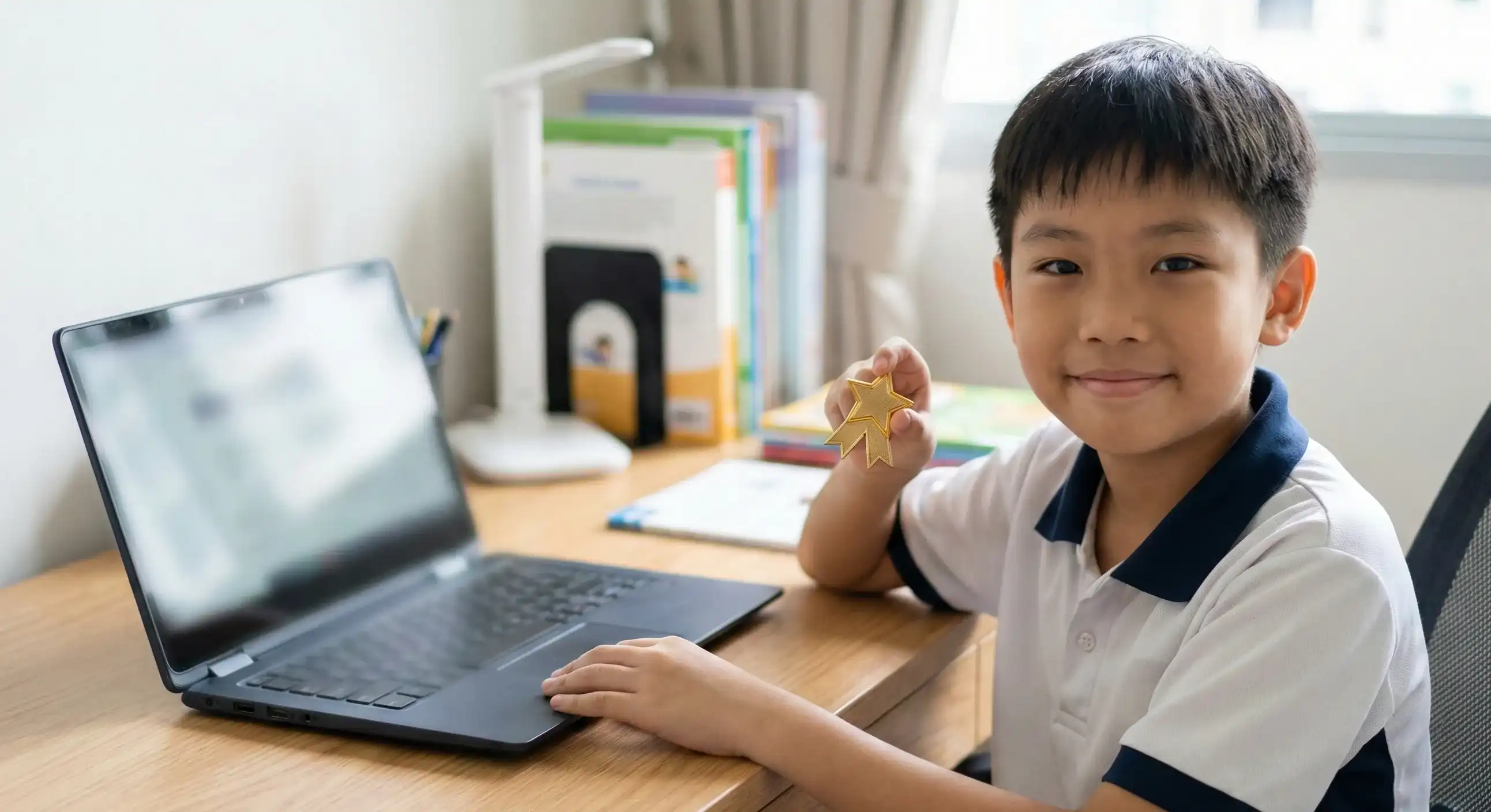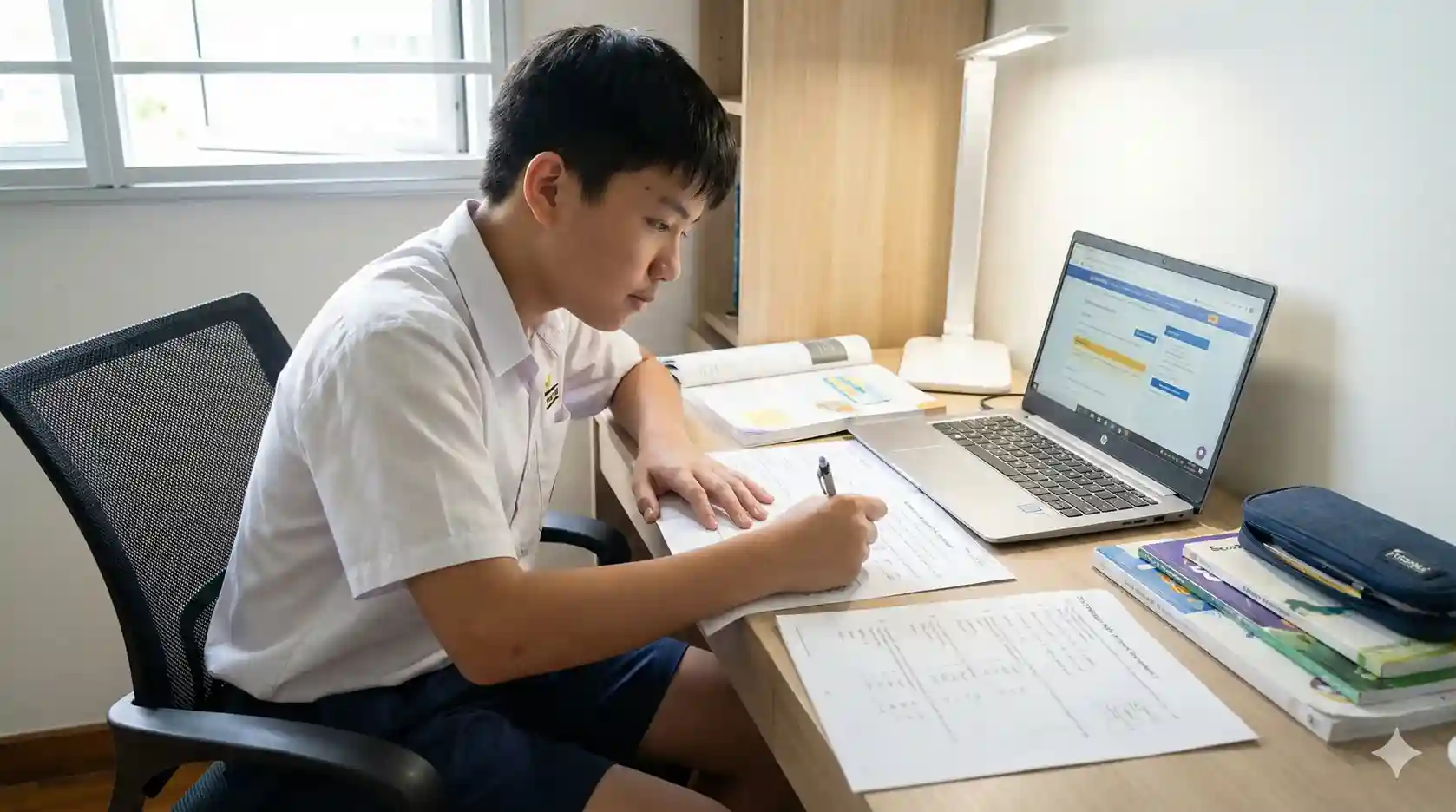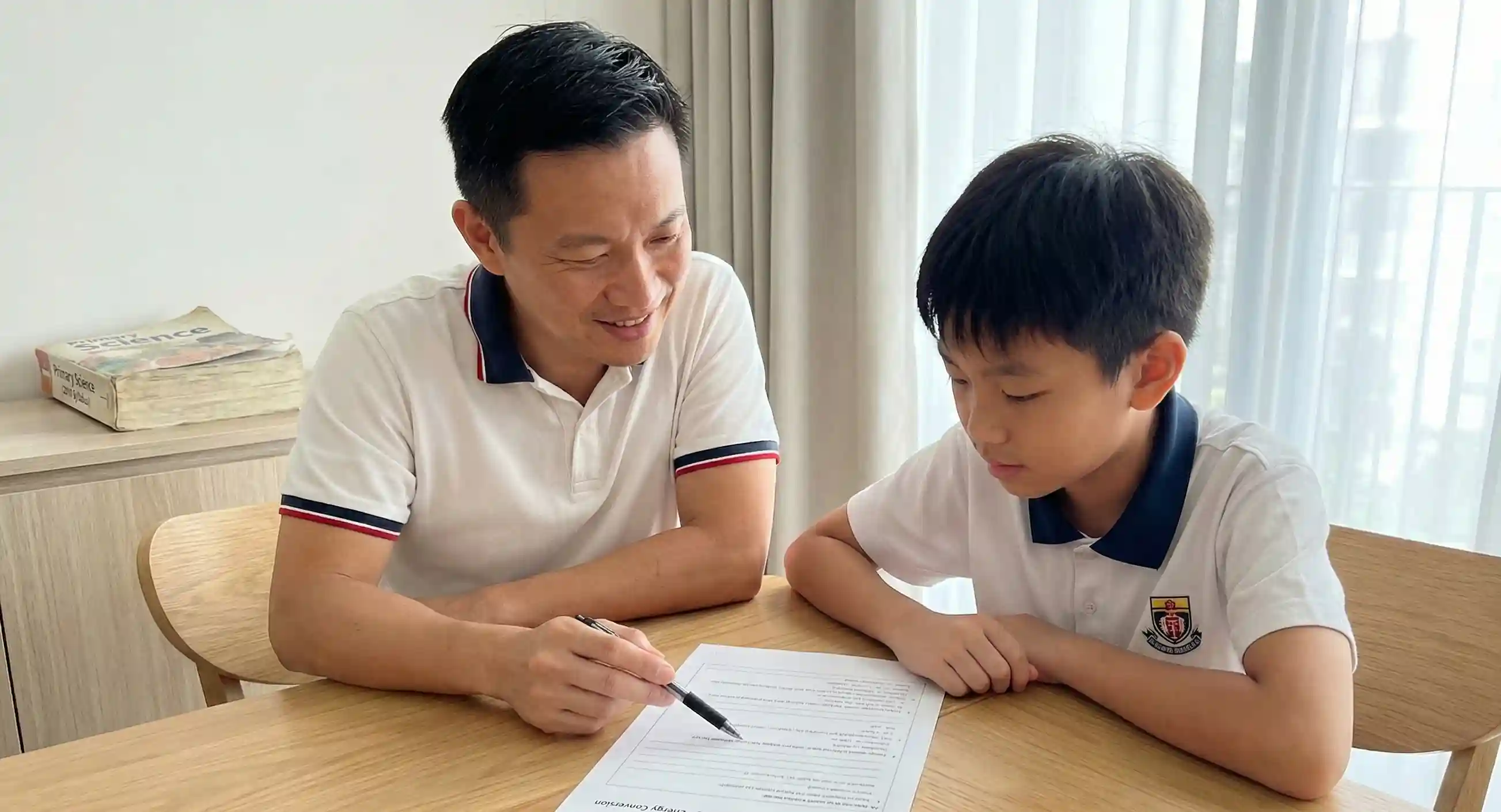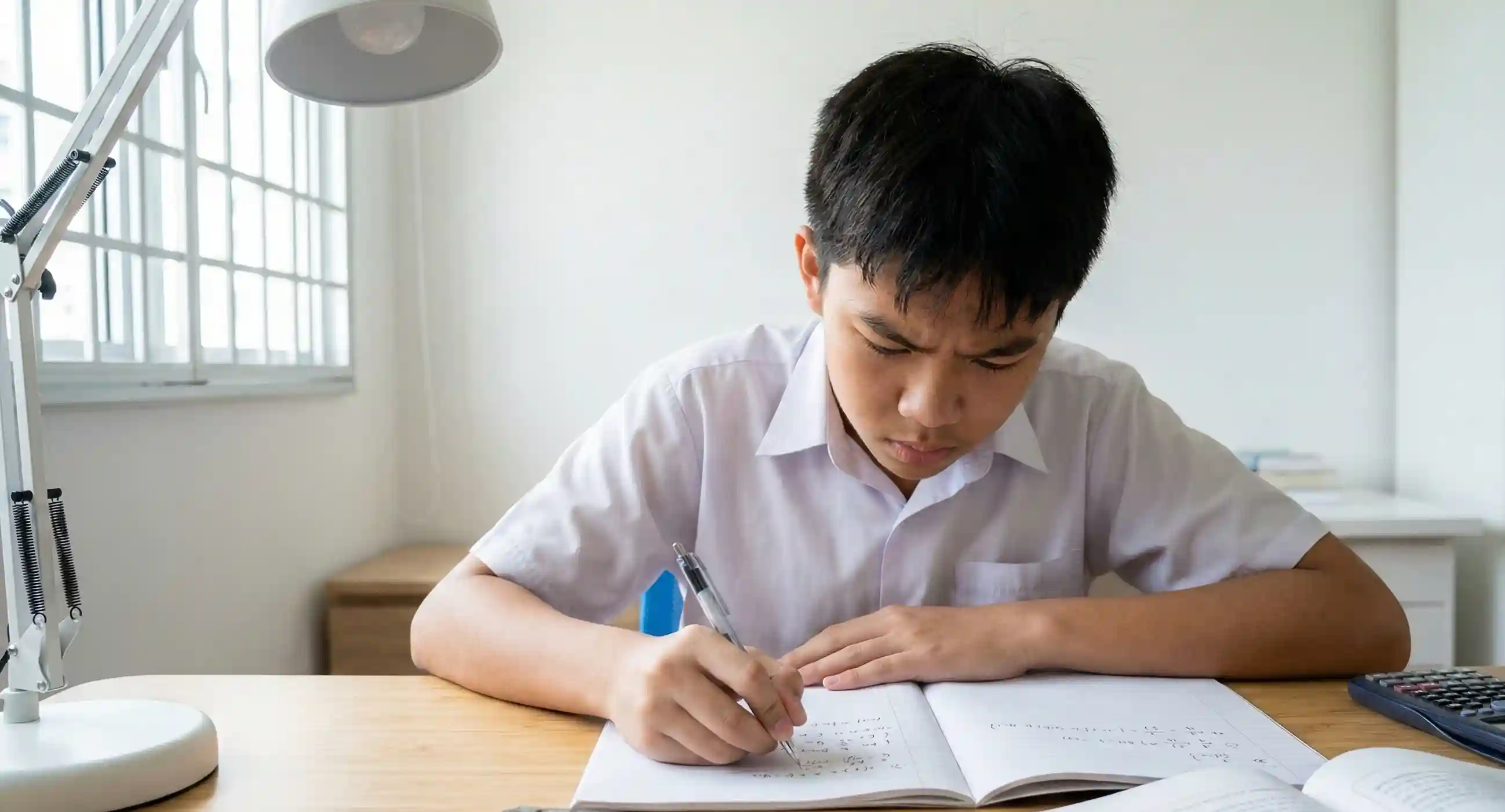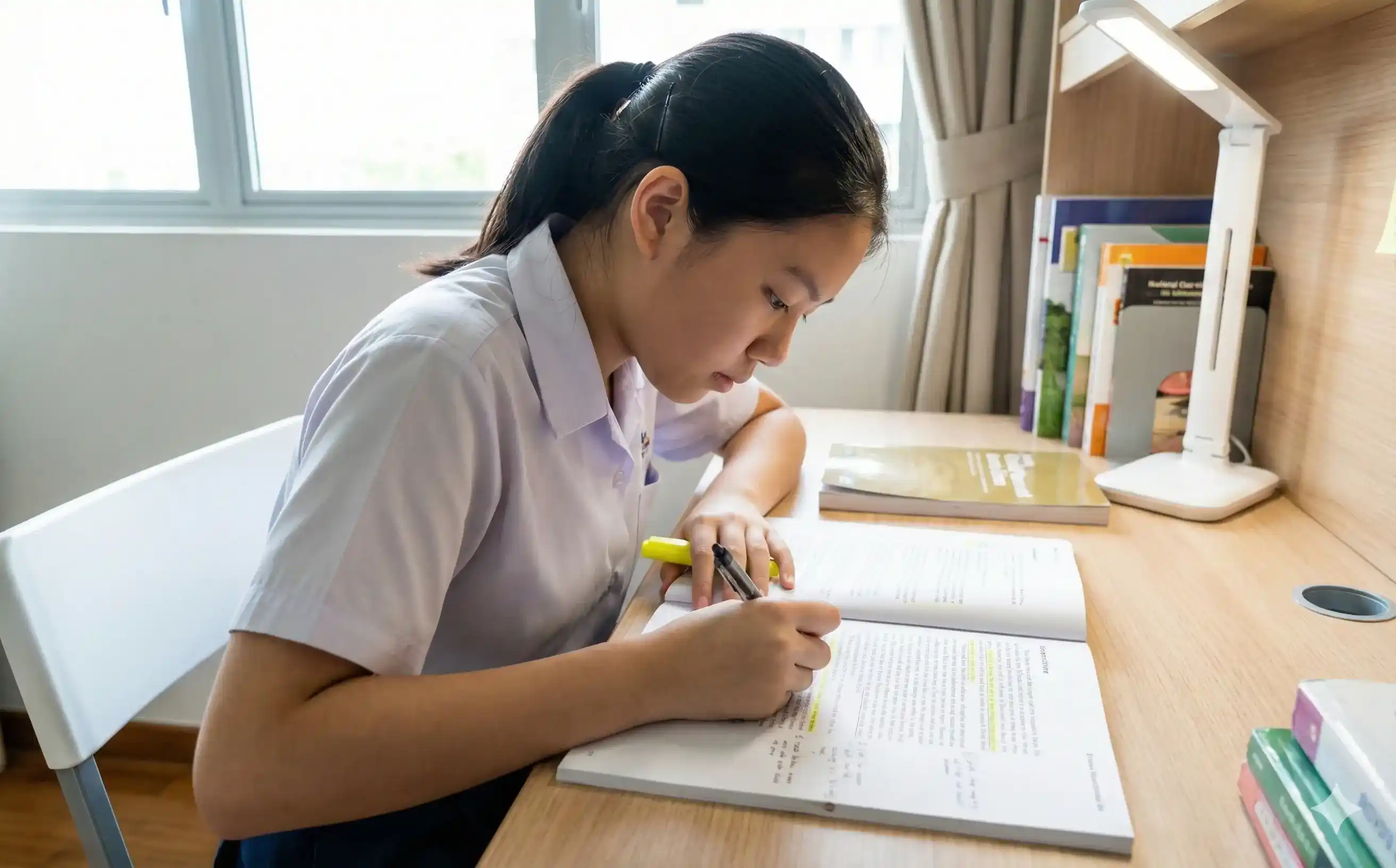The Whats, Hows and Whys of social learning
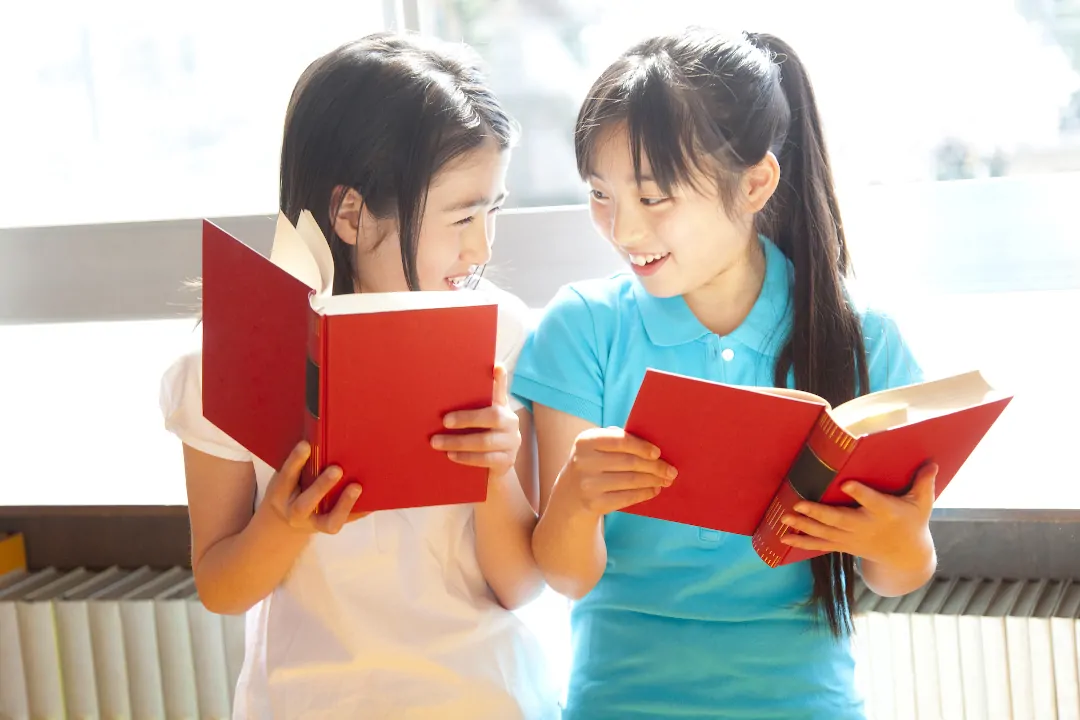
Have you ever wondered why people behave the way they do? Did they just unconsciously fall into that behaviour by themselves, or were they influenced by the environment around them growing up?
If you think the second option makes more sense, you just might be a subscriber to the theory of social learning.
What is Social Learning?
Social learning, in psychological theory, is behaviour that is controlled by environmental influences rather than by innate or internal forces. The leading advocate of the concept of social learning, often called modeling, is the American psychologist Albert Bandura. He has conducted research demonstrating that children acquire a variety of behaviours by virtue of watching others, including sharing, aggressiveness, cooperation, social interaction, and deferred gratification.
Social learning is a notion that individuals use intuitively and instinctively throughout their lives, which they implement from childhood in order to discover their position in the world and society. Social learning shapes fundamental ideas and worldviews such as gender norms, religion, political views, and self-worth. This happens by observing how those around us react to different opinions.
The main components of Social Learning are Observation, Assessment, Imitation and Identification, all of which occur in sequence. In this article, we will focus on Imitation, arguably the most important component of Social Learning pertaining to children.
Imitation: Flattery and Necessity
When children engage in social learning, they typically take the time to observe and assess a particular behaviour, before attempting to copy - or imitate - the behaviour to achieve the desired consequence. As the most common means of learning new behaviour, this can be observed among animals as well as among humans.
Imitation is only possible within our own particular constraints, such as physical attributes, characteristics, and experiences. In most circumstances, the outcomes of a behaviour are influenced by a number of factors: the other person's point of view, the location, the time, one's personality, or the context of the behaviour.
Another quirk of social learning is that negative experiences are more likely to leave a lasting impression than positive ones. As a result, it normally takes a lot of positive reinforcement for a behaviour to become habitual, but it only takes a little criticism to prevent it from happening again.
Advantages of Social Learning
The ability to learn by observation and imitation brings with it many benefits:
- It happens on a daily basis, both consciously and unconsciously. This is unlike the accumulation of academic knowledge, where it is necessary to allocate time specially for learning.
- It is much easier to retain the information learned through social learning, making it excellent for adapting to new situations or gaining a competitive advantage in all circumstances.
- It has been scientifically proven that we only recall 10% of what we learn from formal sources, with the remaining 90% coming from informal and social learning. We can recall more when we learn something directly from a person because we remember factors like voice pitch, visuals, recollections, or even a joke that we correlate with the subject.
Social Learning in the classroom
Teachers have discovered that social modelling through the use of examples makes for an extremely effective educational tool. When children witness positive outcomes from an action, they are more willing to take that action. If individuals observe negative repercussions, they are more inclined to refrain from engaging in that conduct. Students are drawn to unique, interesting, and distinct settings, which might make them stand out.
Similarly, if students see other students paying attention, they are more likely to pay attention. As a result, teachers use incentive systems and penalties to encourage pupils to learn from others' experiences. The social learning theory also has a strong foundation in promoting self-efficacy through the use of constructive feedback. Positive reinforcement gives students more confidence in themselves and their talents; it sticks in their minds, and they desire to repeat the activity.
Geniebook uses social learning to great effect through GenieAsk, our real-time chat platform that links students with teachers and up to 50 other students for a subject. There, they are able to join their peers in asking questions related to their subjects, or participate in open quizzes and discussions in these groups.
Check out this blog article for more information about GenieAsk, or sign up for our complimentary strengths analysis to jumpstart your child’s social learning journey today.



 SG
SG  VN
VN 

